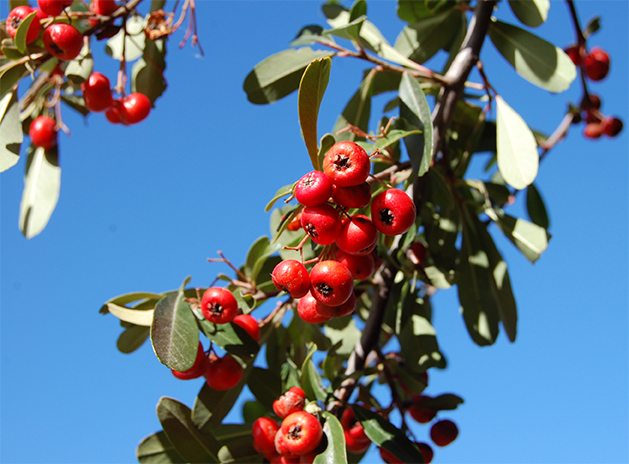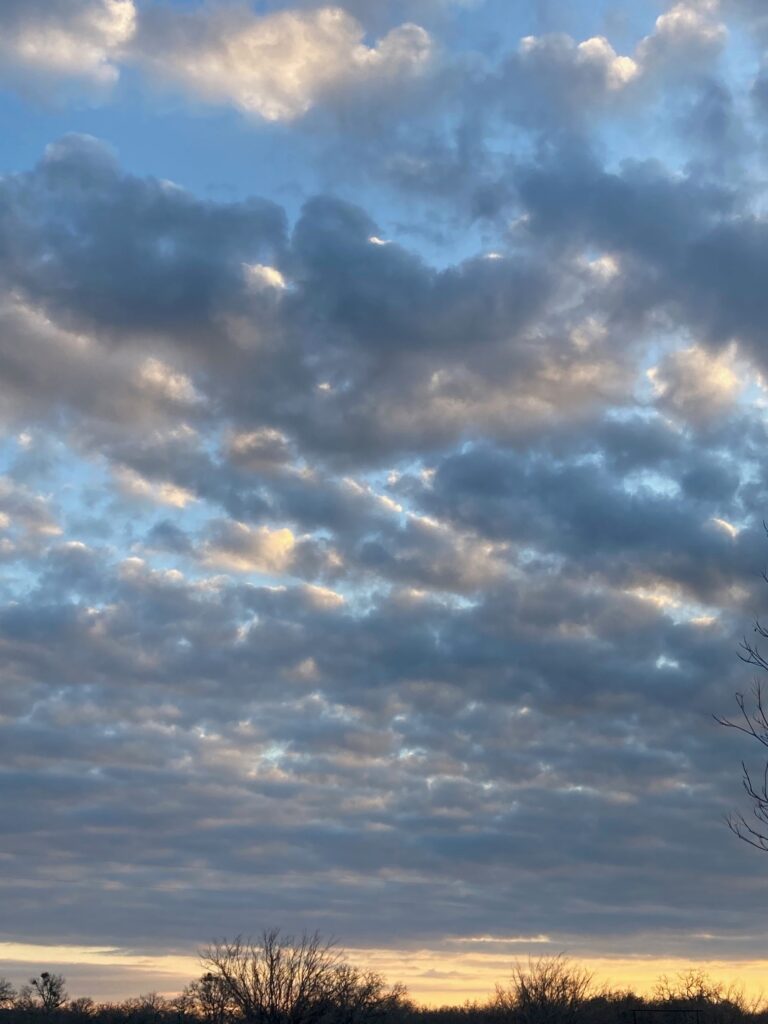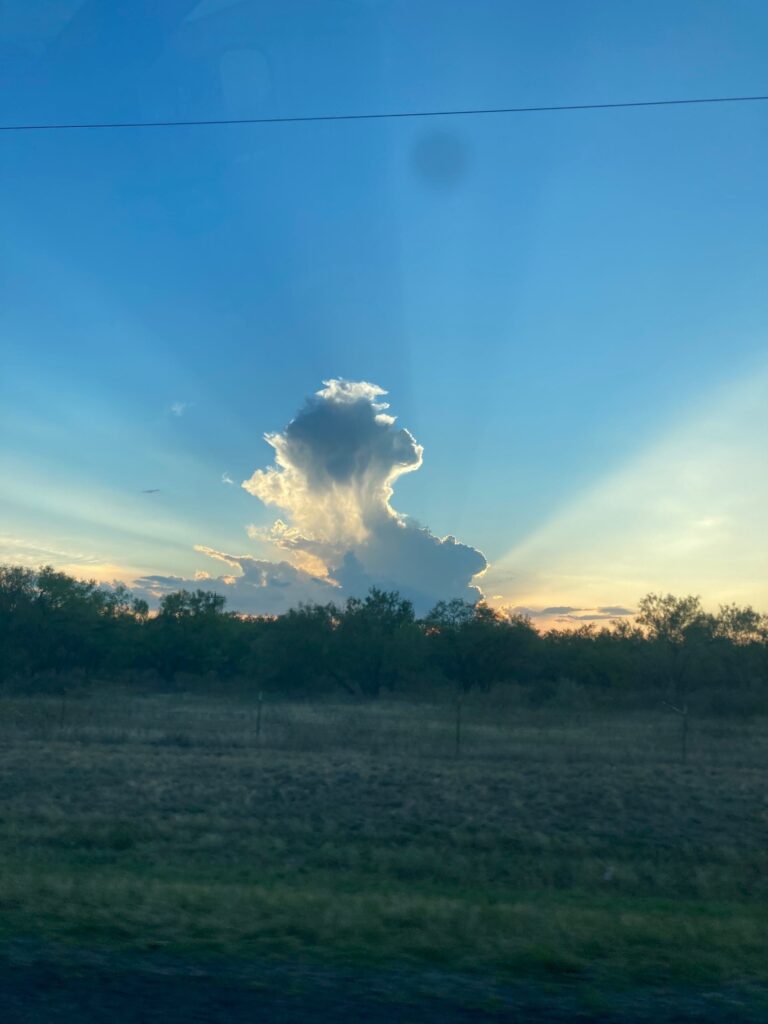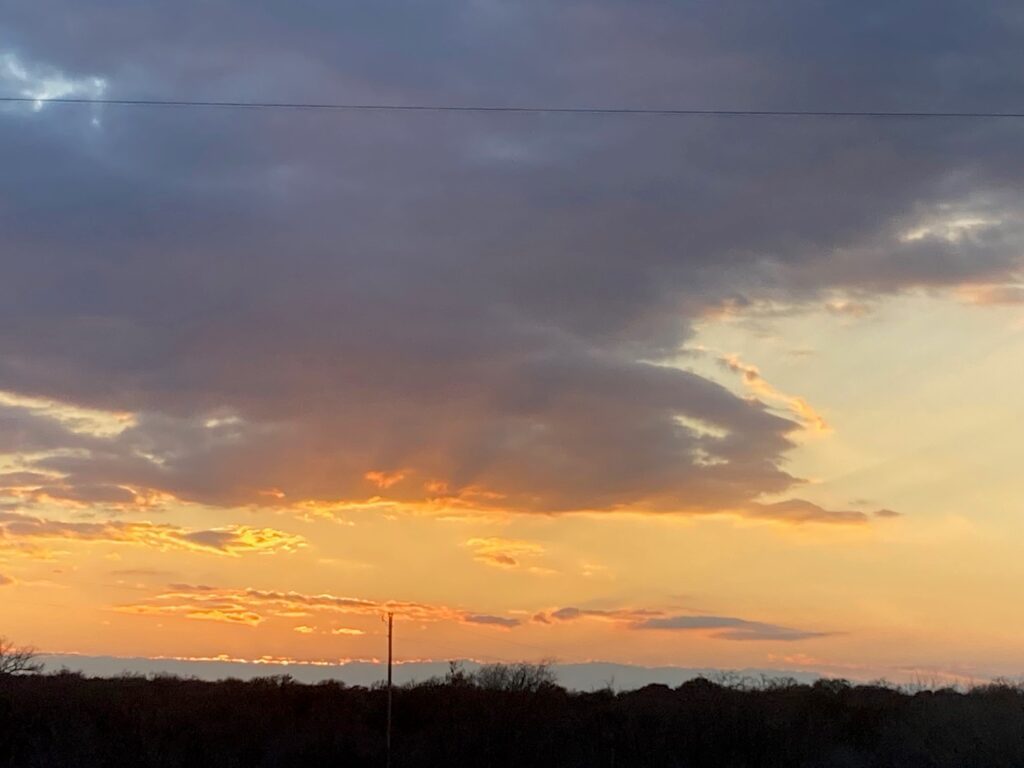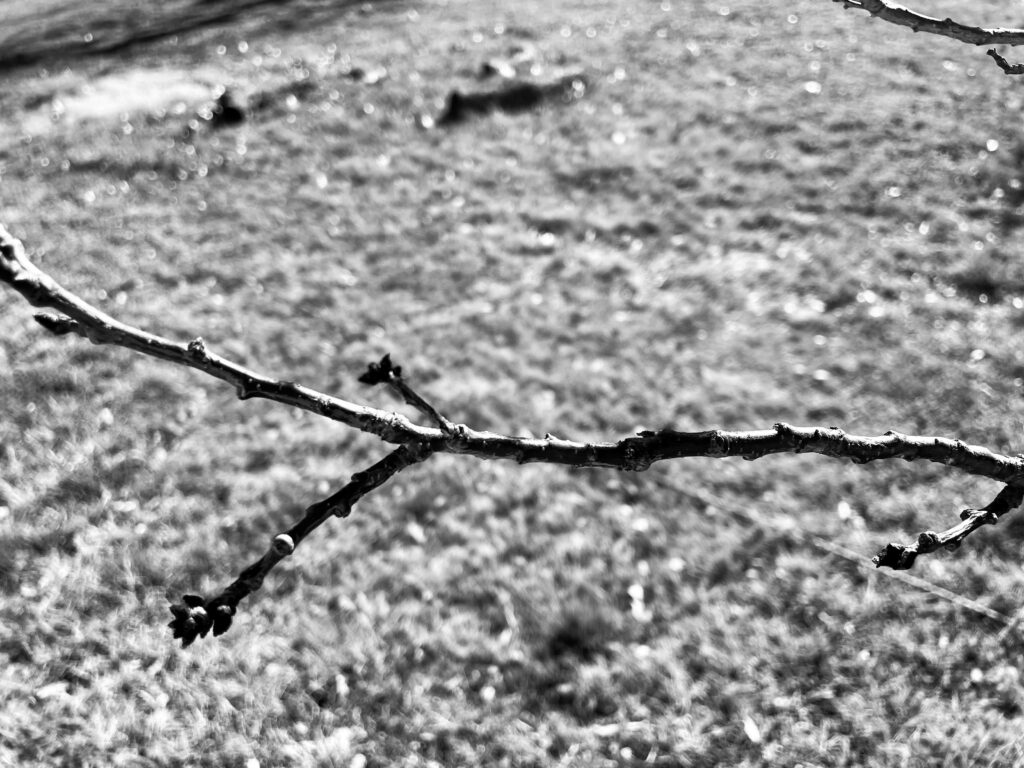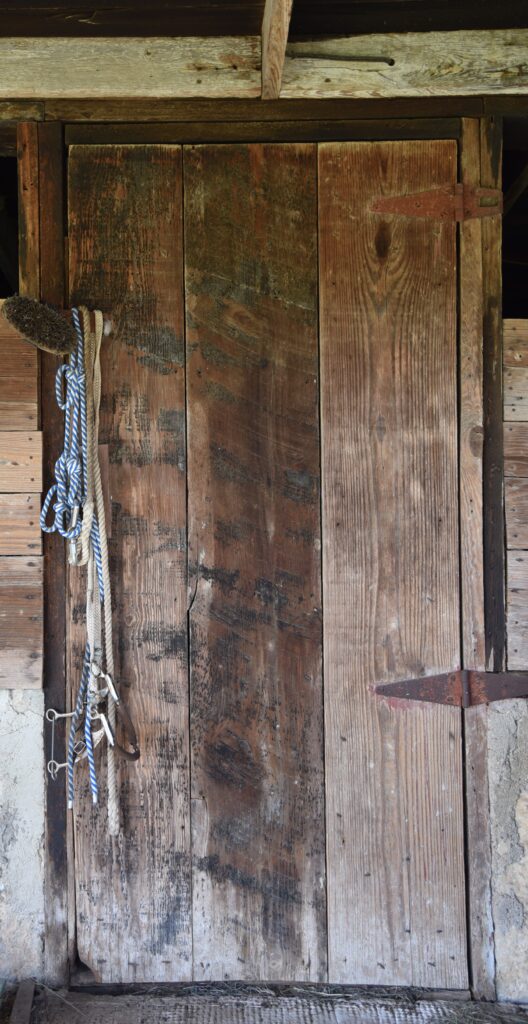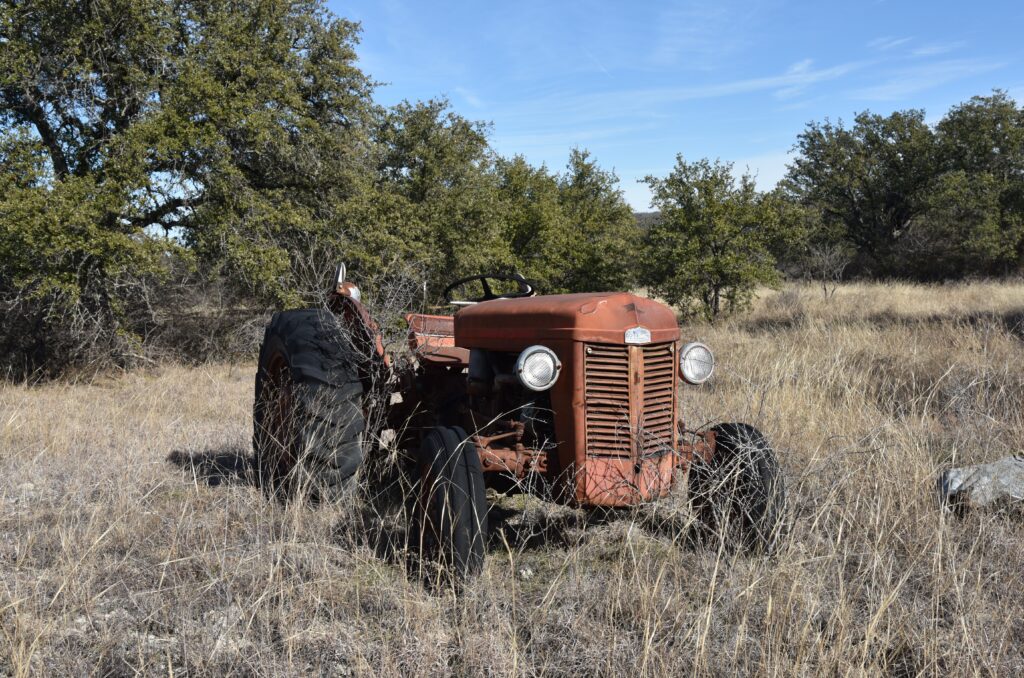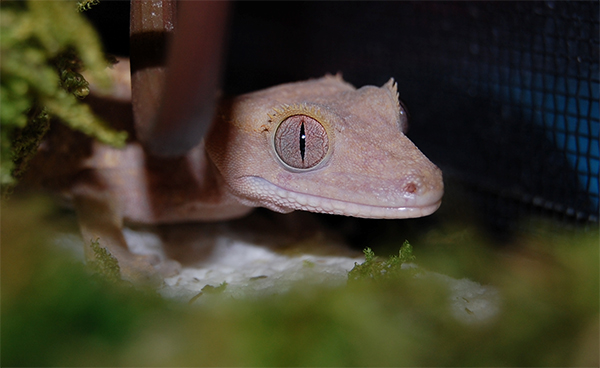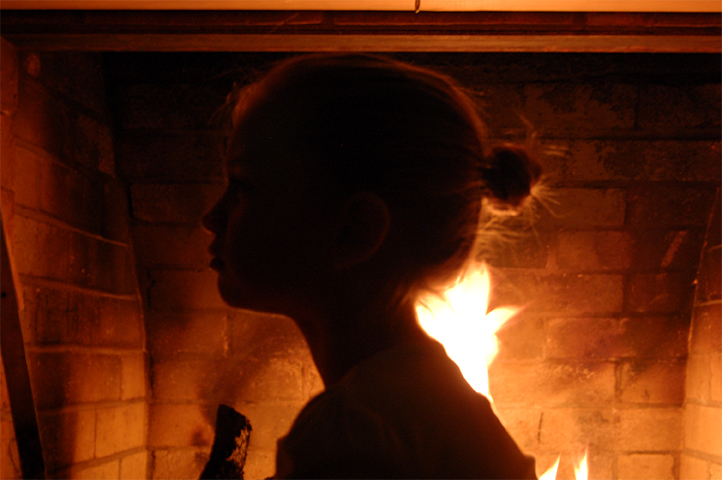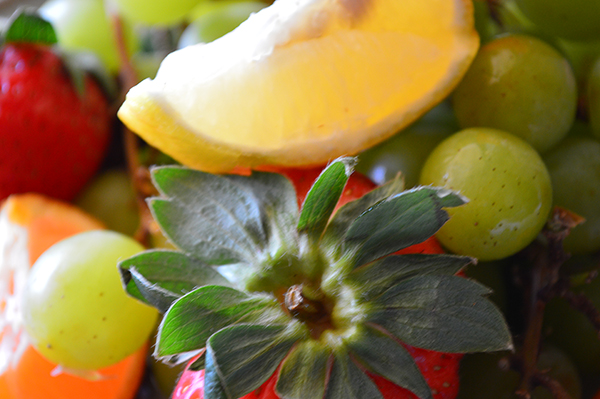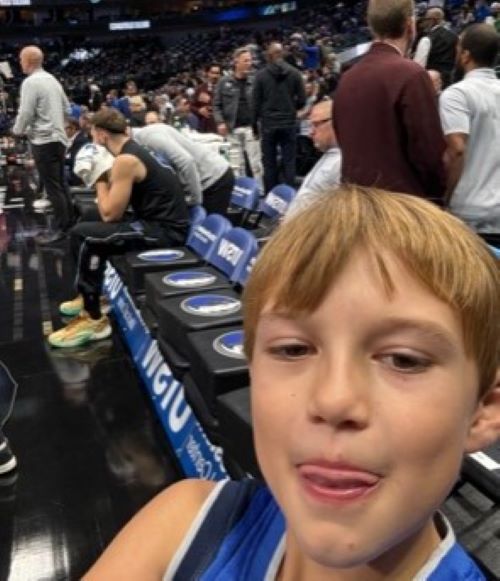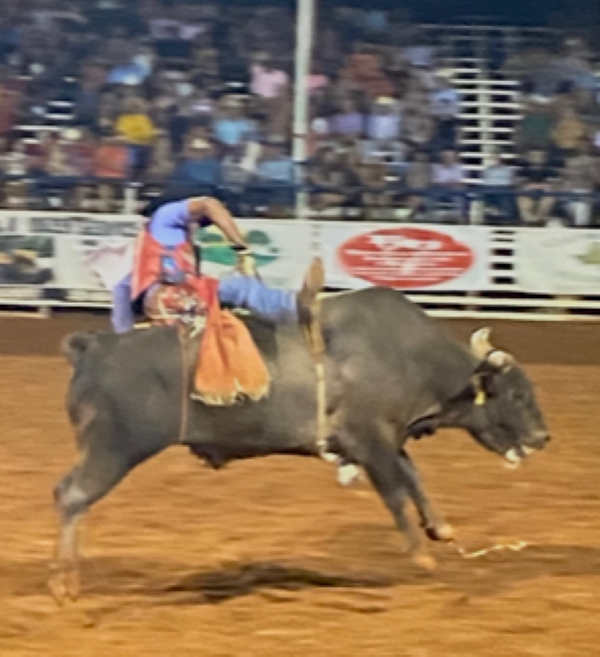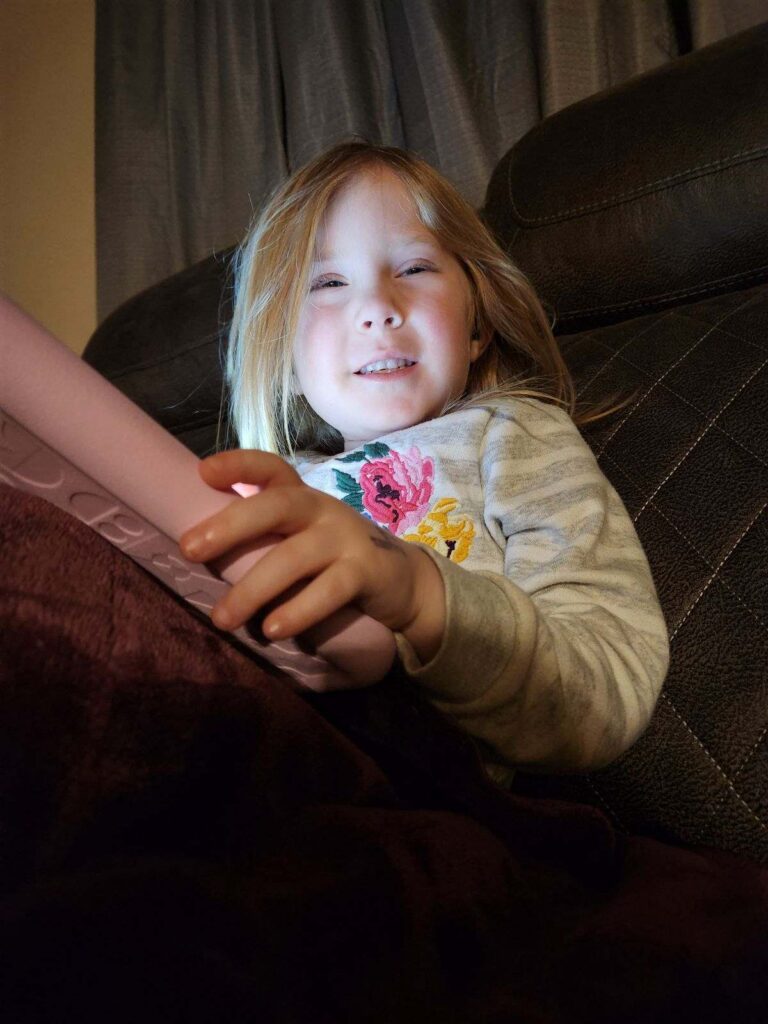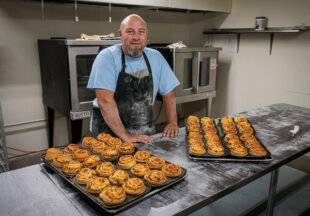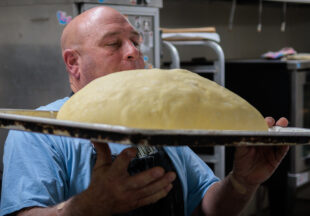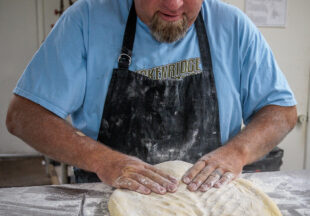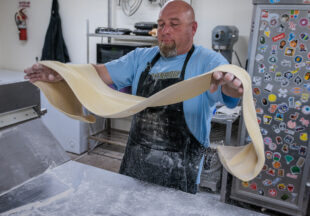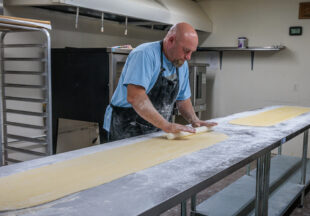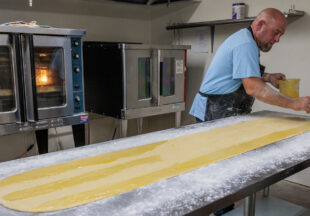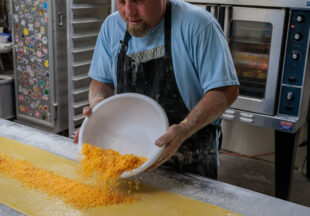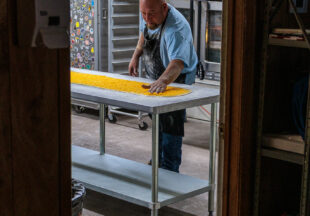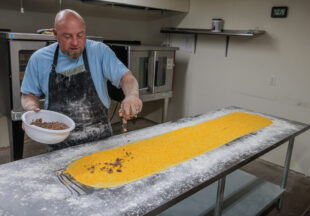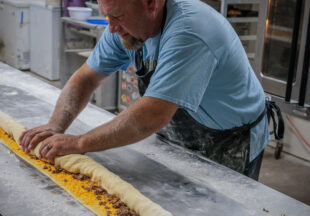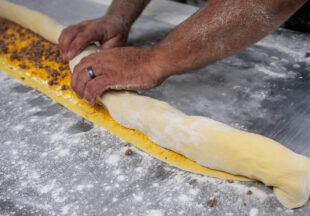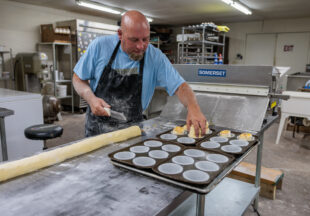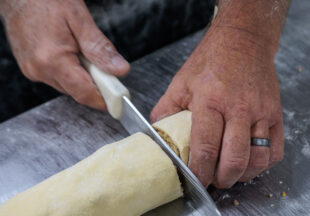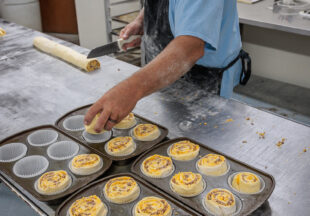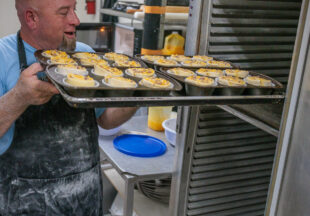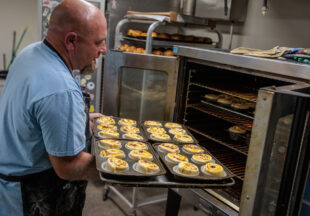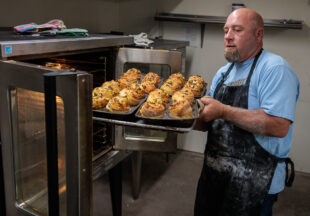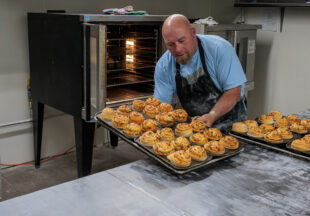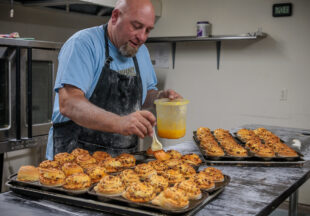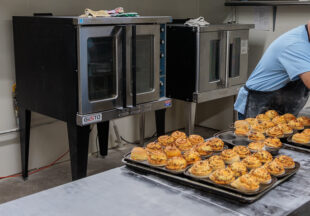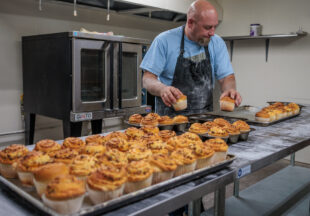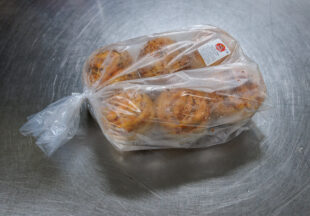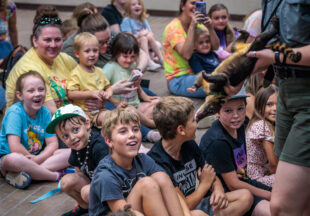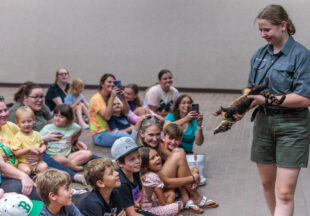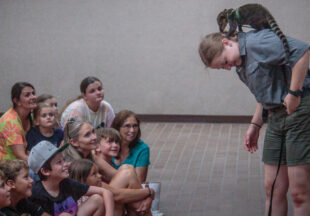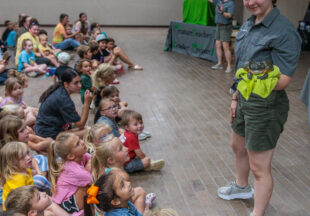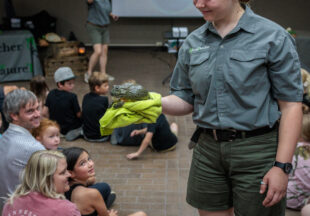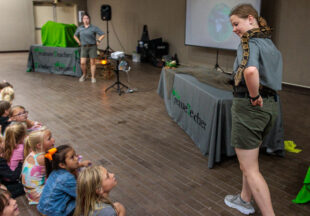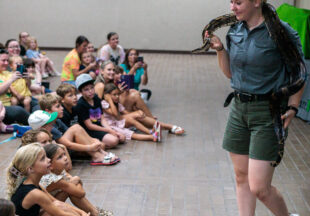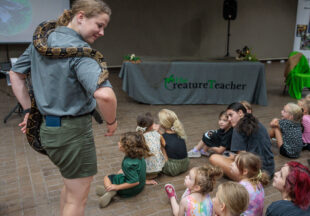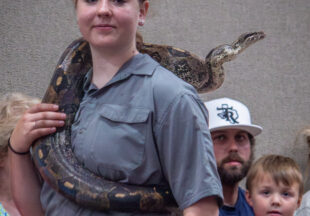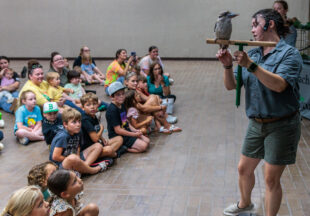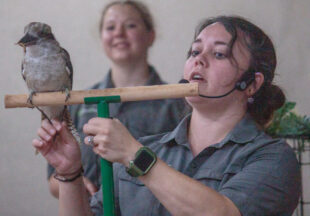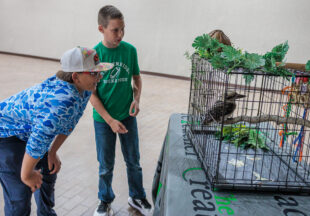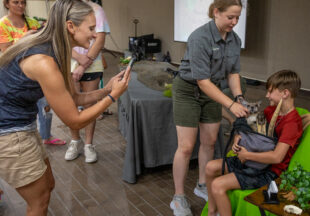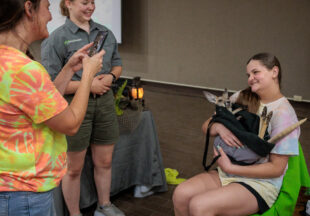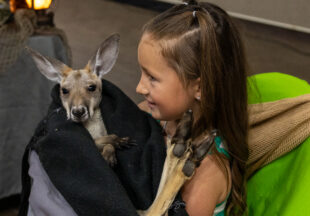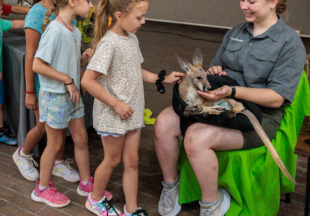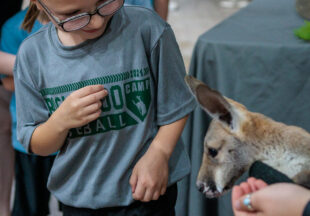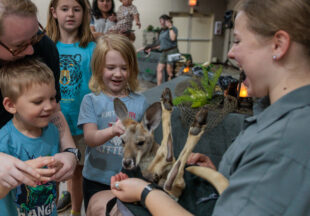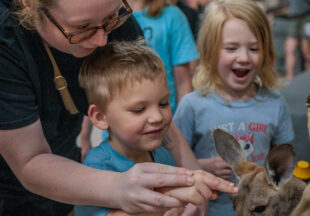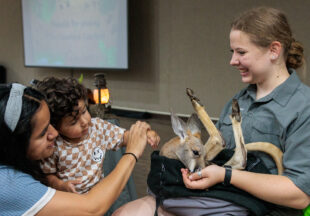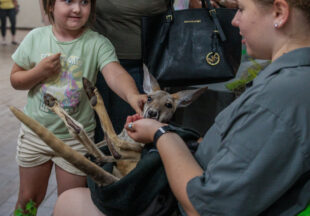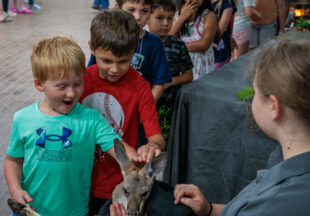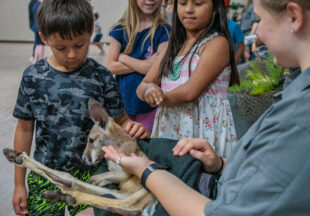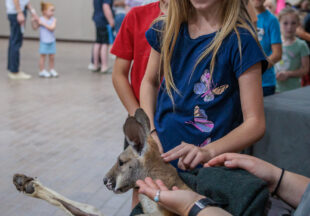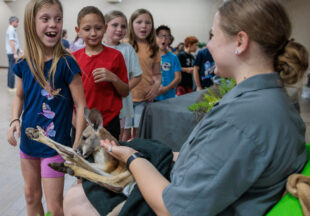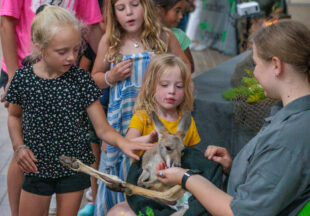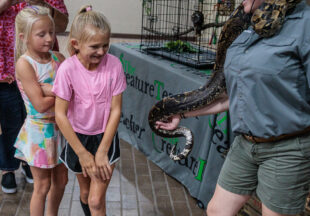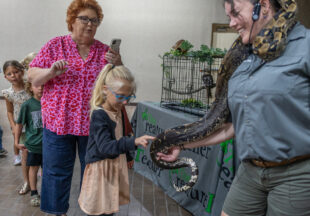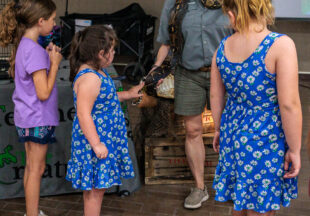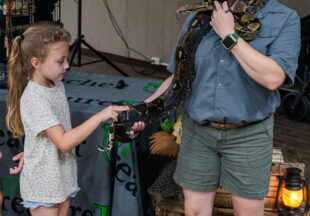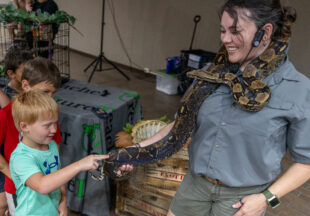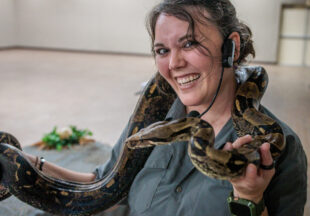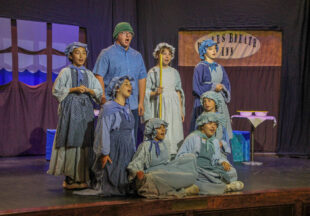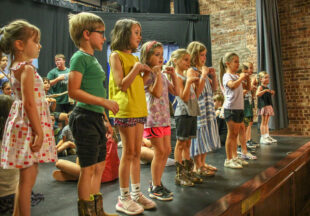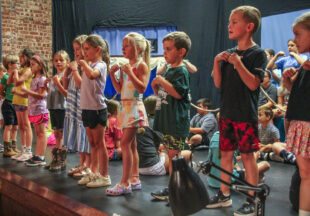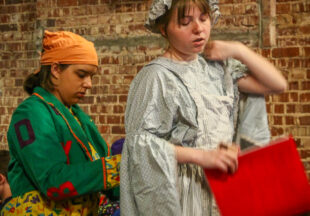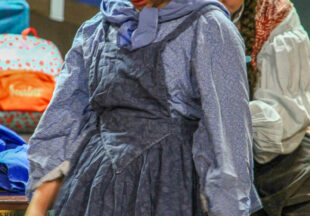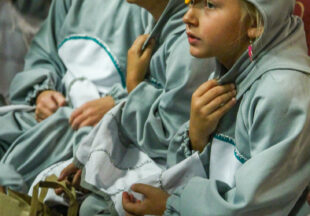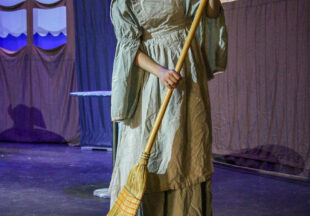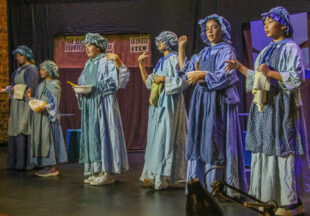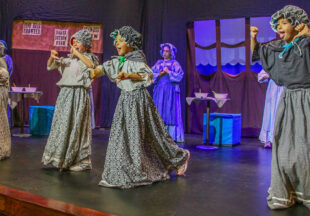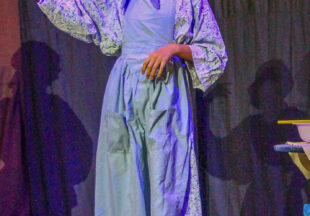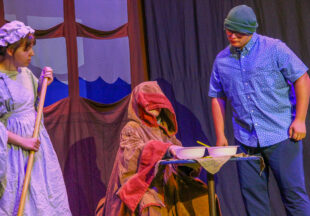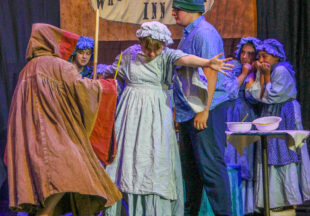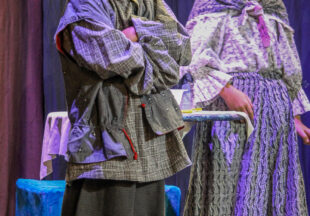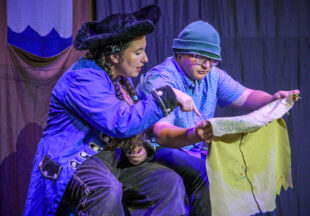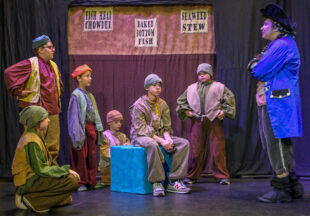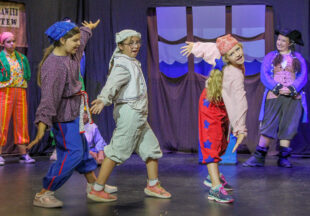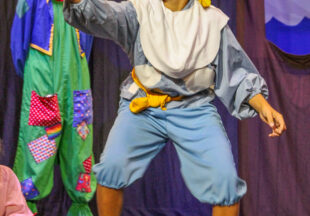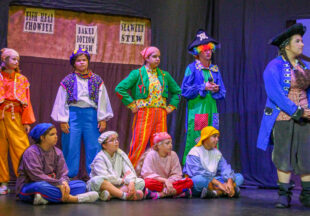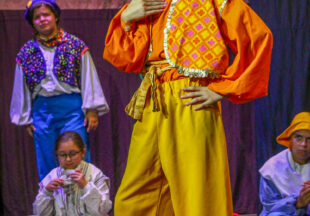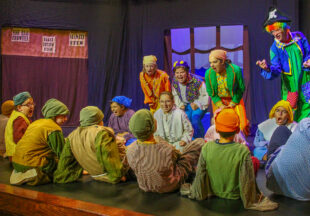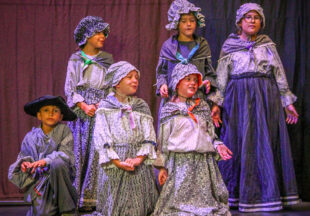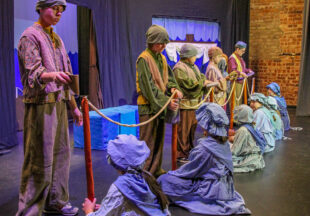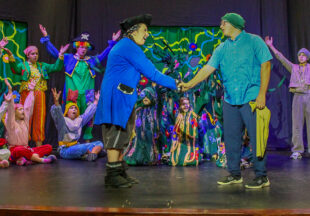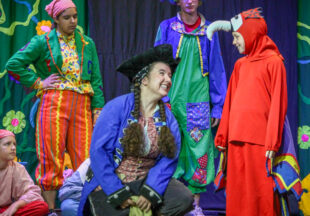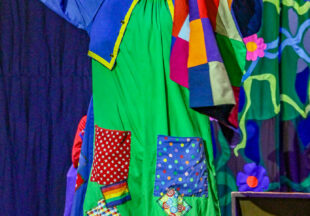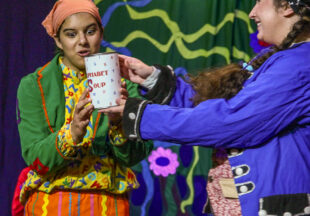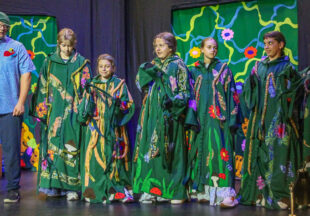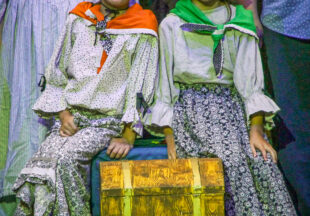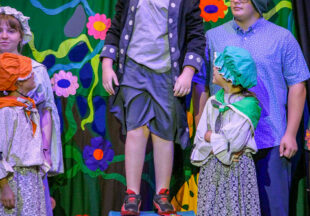Local 4-H photography class, contest provide students with creative skills and photo challenges
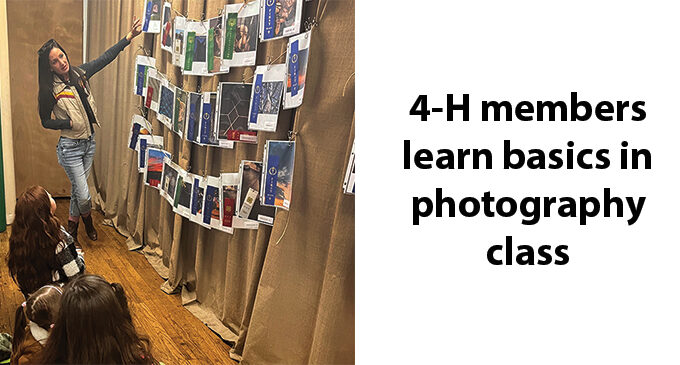
By Tony Pilkington/Breckenridge Texan
When Breckenridge photographer Rachelle Perry, teaches photography to the kids in the Stephens County 4-H program, it’s all about teaching the rules of good photography. Then, it’s about teaching them how to break those rules.
Photographs by some of the kids who took Perry’s latest class, along with photos from other 4-H members, was entered in the local 4-H photography contest. The winners from that competition are headed to the 4-H district photo competition; the district awards will be presented in May.
The Class
Perry has been teaching the class for five years, meeting with the 4-H’ers once a week at South Elementary in November and December. During each class, Perry focuses on teaching the students the basic rules of photography, like composition and lighting. She said, for example, one week they may work on learning about the concept of “leading lines” and they will work on being able to find and shoot photos using leading lines.
The class is more about the image and not the gear, Perry said, so she lets students bring any kind of cameras they want to the class. “It’s less about the physical camera and more about the art of photography,” she said.
Perry said she’s had kids bring all kinds of cameras to the class. A lot of them will use their phone cameras, but others will use more traditional cameras, like Canon or Nikon, or small digital cameras, like a Canon Powershot. One student brought a big computer tablet and used the camera on it, she said.
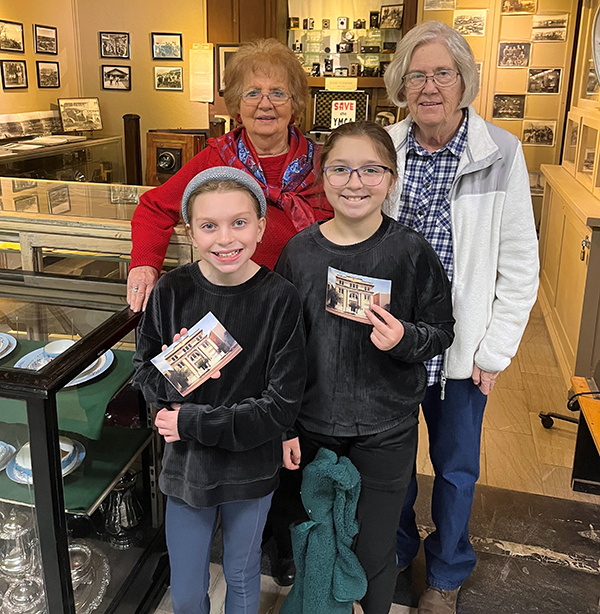
Local overall contest winners Berkley White, front left, and Evalyn Halari, pose with Swenson Memorial Museum employees Pat Dudley, back left, and Kay Meadows in the Basil Clemons display. (Courtesy Photo)
Regardless of what type of camera they bring, Perry works with the students on how to use that camera to get the best images. “We work more around how we frame an image, rather than the actual equipment,” she said.
Then, she said, they work on shooting an assignment with the rule they are studying that day in class so she can help them while they are shooting and make sure they are going in the right direction. “It’s like, ‘Hey, this is a great idea, but maybe look at it from a little bit different angle.’ You know, that sort of thing,” she said.
“So we’ll walk around this school and look at lines and how to direct that towards your subject,” Perry explained. “How to take different angles, look at it from multiple perspectives, you know, and then I’ll give them some sort of project before we end the class and everybody gets their chance to come up with an image that’s completely their own that uses the rule.
“I mean, it’s really impressive … I’m talking about, third, fourth-grade kids, fifth-grade kids, that can tell you a long list of composition rules that I talked to adult photographers who don’t know them,” she said. “You know, these kids are really impressive. They pick it up really quickly. And then it’s really fun, because, every time they come into the classroom, they’re all excited and say, ‘Hey, I want to show you this picture I took over the weekend.’ Or, ‘Look, look what rule I used.’”
Perry said the students at that age are really interested in abstract concepts for their photos. Things that they can make look like something that aren’t necessarily what’s true, she said. They also find working with lines and angles really interesting.
For example, they do a section on masculine and feminine posing and how that’s not necessarily male or female, but just giving masculine and feminine looks to things by angles. “So, you can tell when they do a project around that. If they want their subject to look more masculine, their camera’s (angle) is going to be below the subject,” she said.
Sometimes Perry will bring a big box of toys that belonged to her daughter for the students to use as photo subjects. “You know, big Slinkys, and like all kinds of stuff, GI Joes. The kids will use that kind of stuff to shoot with as their subjects. Sometimes they use each other as subjects, and sometimes the class will do landscape stuff,” she said.
One of the things she likes about working with the students is they bring a fresh set of eyes to photography. Perry said they’re great about being able to see things in a way that adults just can’t seem to do most of the time and it’s fun to make herself look through their eyes.
For example, when she was teaching a class on shadows and light, a group of girls took their cameras into a broom closet with a flashlight and came out with some really interesting images.
“The image that came out of that was my favorite image that was taken all year,” she said. “And it’s really made me think about what I’m doing in my private work. It’s just moments like those…the kids are just really daring and fun. And they have no fear. Yeah, it’s just so fresh and new, and you give yourself more freedom when you’re around them.”
During the last class of the year, Perry does a “break the rules class,” which the kids love. “The whole point is, is it’s really hard,” she said. “Like the concept sounds really fun, you’re gonna break the rules. But they realize how many of the rules are just a natural thing that we all do. What looks good to us because it follows some sort of pattern. And so you can see their little brains working to try and figure out if they’re still following a rule when they need to be breaking it. And it’s really fun.”
In that class, she said, the kids are playing with glass and Skittles and water droplets and oil. “So we’re shooting all kinds of random, abstract stuff, just in the middle of a cafeteria. And if you looked at any of those images, you would have no idea that that’s where we are,” she said.
Perry admits it’s not just the kids who learn during those classes, but her as well. She said the students come with fresh eyes and she gets to re-adjust how she sees her subjects and her photography as a whole just from watching them.
Another thing Perry said she enjoys is getting to see the impact of what the students learn from the class as they grow. She has a lot of students who are in junior high or entering high school now. She said she can still see that artistic side in them that they learned in the class come across.
“I see these kids out when we’re at a grocery store or dinner somewhere around town. And, they’ll come up to me and (say), ‘Hey, let me show you this picture I took,’ and so they definitely take it with them,” she said.
The annual 4H Photo competition
In addition to offering the photo class Perry teaches, 4-H also hosts an annual local photography contest for its members. The winners of that contest then move on to the 4-H district contest.
Perry said that while she is not part of the contest, it usually comes at the end of the classes she teaches, so the students who’ve taken her classes have gotten some experience using the different photo techniques that make up the categories in the competition.
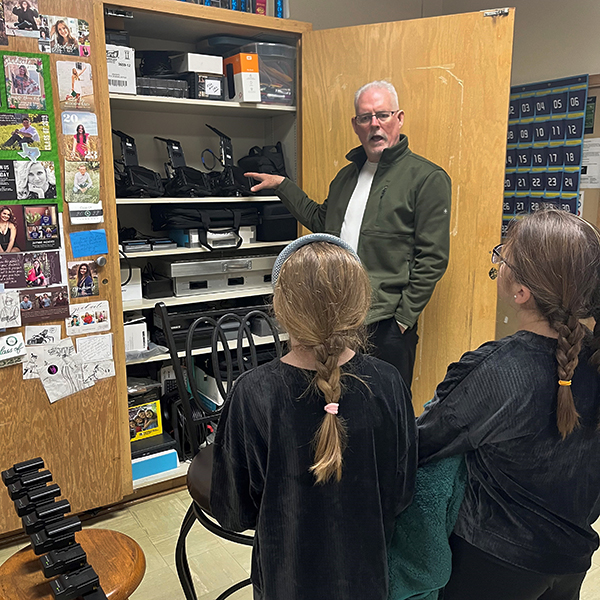
BHS Journalism Teacher Calvin Best points out cameras used by BHS students to Evalyn Halari and and Berkley White during a tour of the journalism lab at Breckenridge High School. (Courtesy Photo)
“The contest has different categories they can pick from, and the kids can pull from what they’ve learned in the classroom,” she said.
Stephens County AgriLife Extension Agent Sumer Russell, one of the leaders of the local 4-H program, said that after this year’s contest, she asked Perry to come in and talk to the students about why their photos placed the way they did in the contest and how they could improve them. “So we made it a teachable moment, as well,” Russell said.
For a student photographer’s work to advance to the district contest, which will be in Vernon, the photo had to place first in its subject category in this year’s Stephens County 4-H competition.
Russell said there were 42 photo entries in this year’s Stephens County contest, which was judged by local photographer Elle Jackson. The 16 winning photo entries will be submitted digitally to the district contest to be judged, and the district winners will then travel to Vernon for the awards presentation in May.
The Stephens County 4-H program is part of 4-H District 3, and last year there were 222 total photo entries in the district competition, Russell said.
The top two winners of this year’s Stephens County contest, Evalyn Halari and Berkley White, took a field trip with Russell to the Swenson Memorial Museum to learn about legendary Breckenridge photographer Basil Clemons from museum employees Kay Meadows and Pat Dudley. Clemons’ photography work in Breckenridge spanned from the 1920s through several decades and is now in a collection at the University of Texas in Arlington.
The students then ventured over to the Breckenridge High School journalism lab, where teacher Calvin Best discussed how they could continue their photography education while in high school. He said they could learn about subjects ranging from photography and videography to photo editing, poster creation and more.
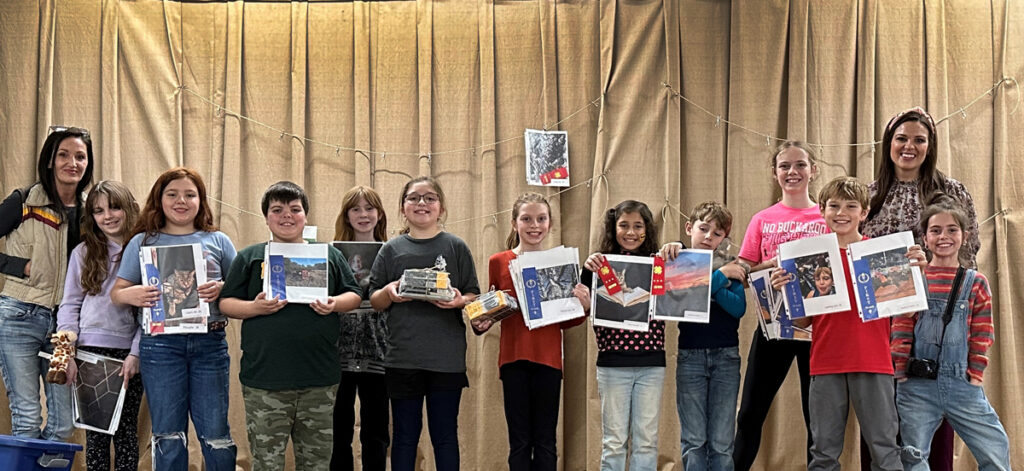
Rachelle Perry, far left, and Sumer Russell, back right, pose with members of the 4-H program contest winners. (Courtesy Photo)
Winners of the Stephens County 4-H Photo Competition
Overall Winners
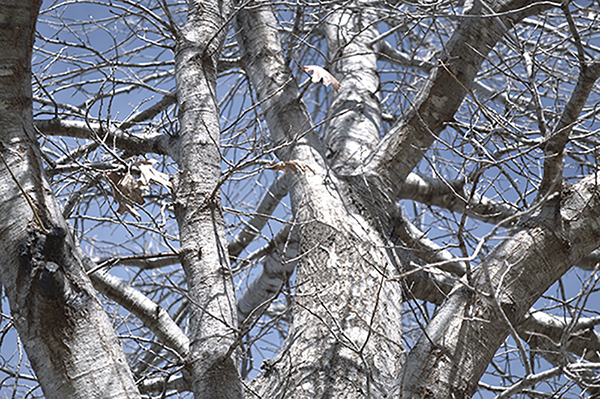
Reserve Overall in the Stephens County contest was Berkley White’s entry in the Enhanced Photo category.
Category Winners


